Updated on August 25, 2025 by Angelika Klein
For today's 12 of 12, I'm setting off with my friend Jutta from northern Germany, who is still visiting me. Over the last two weeks, we've spent a wonderful vacation in the Berchtesgadener Land and Tyrol. Today we're going to the pretty half-timbered town of Weil der Stadt, which has had the additional designation of Kepler city because the astronomer Johannes Kepler was born here on November 27, 1571. Weil der Stadt is only 17 kilometers from my home in Sindelfingen and around 28 kilometers east of Stuttgart.
Start at the city wall: Stork Tower and Red Tower
We park at the fairground, cross Paul-Reusch-Straße, and we are already in front of the first sight: the intact medieval town wall from the 15th century has numerous towers and gates. This section is home to the Stork Tower, where storks have been nesting since 1798 - with a decade-long interruption after 1920 - and the Red Tower, which was used as a prison for criminals awaiting execution. These historic buildings give a first impression of Weil der Stadt's long history. We are delighted to see the stork couple, who are clearly visible and eagerly looking after their young.

Stuttgarter Straße: Former Hospital and Fool's Museum
We walk through the Königstor ("King's Gate") to the former hospital in Stuttgarter Straße, which was founded after the great plague epidemic of the 14th century thanks to a generous donation from Helene Brotbeck from the hamlet. Initially built as a hospital, it later served as a retirement home and poorhouse for the town. Today, the building complex is home to various associations and several doctors' surgeries.

The half-timbered house on the opposite side of the street houses the Museum of Fools (Narrenmuseum) - clearly identifiable by the wrought-iron sign of the Fools' guild.

At the beginning (or end - depending on your point of view) of Stuttgarter Straße, you have a beautiful view of the Seilerturm (Rope Tower) and Seilerstüble on the south-east side of the old city wall.
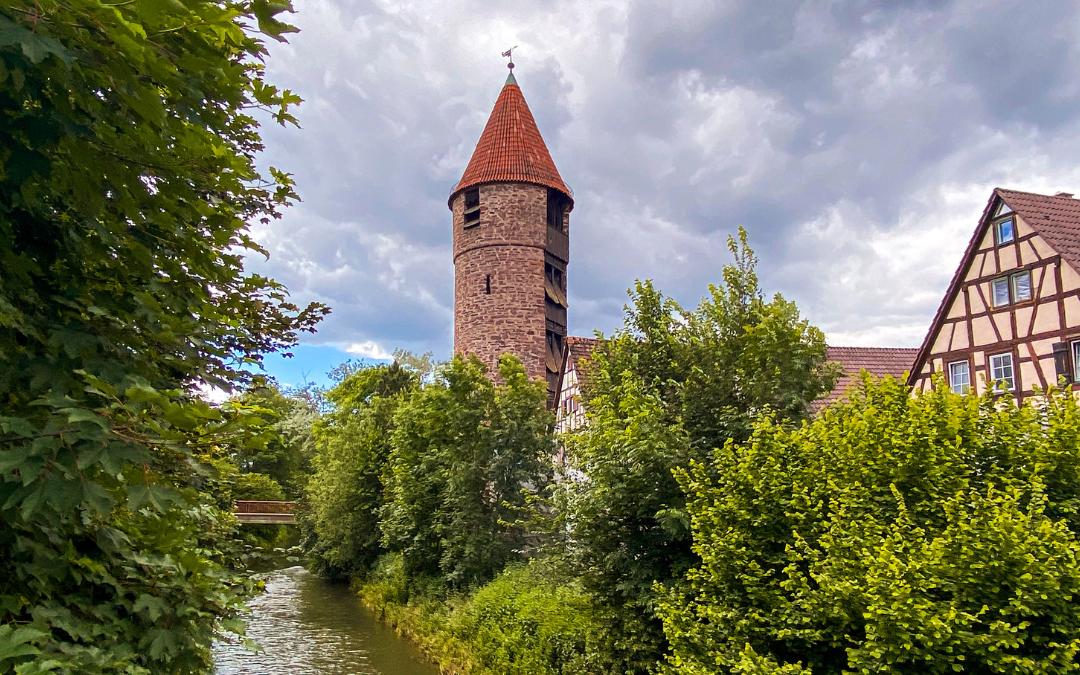
Brenzgasse: Birthplace of the Reformer Johannes Brenz
We walk back along Stuttgarter Straße and turn left into Brenzgasse to catch a glimpse of the house where the Reformer Johannes Brenz was born. The half-timbered house tells the story of one of the town's most important sons. Johannes Brenz studied theology in Heidelberg, where he met Martin Luther and became enthusiastic about his revolutionary ideas. He later advised the dukes of Württemberg on the introduction of the Reformation and, as the reformer of Württemberg, wrote the "Great Church Order" in 1559.
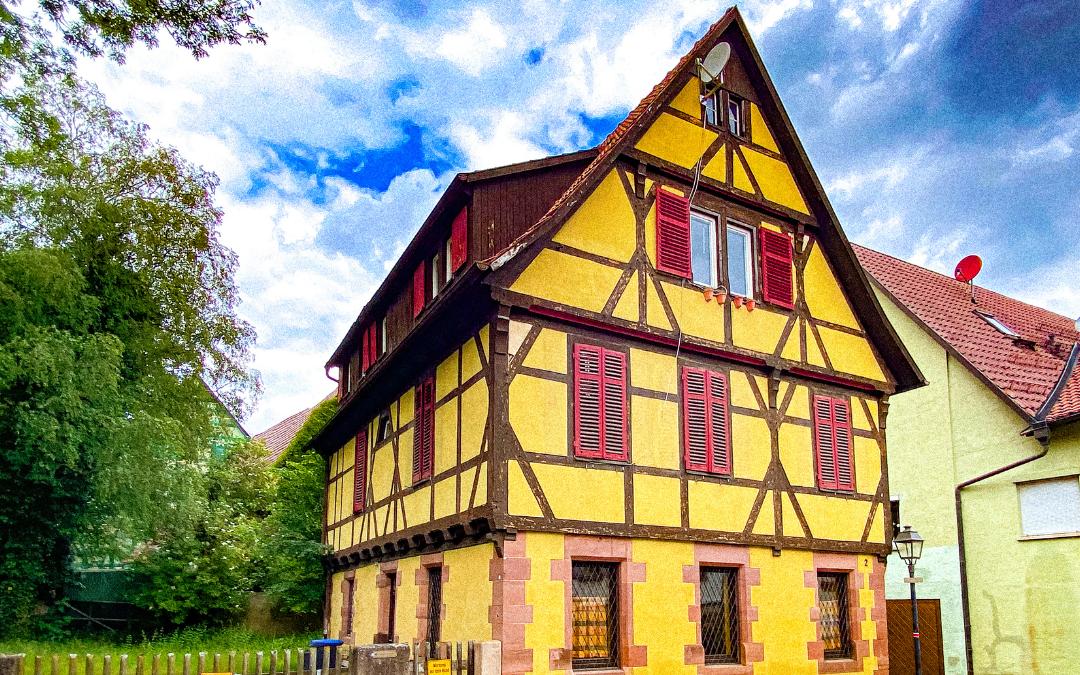
Market Square: Historic Center with Town Hall, Market Fountains and Kepler's Birthplace
Back on Stuttgarter Straße, we first admire the Fool's Fountain, which was designed by blacksmith Gerhard Längerer from 1986 and symbolizes the tradition of the Swabian-Alemannic carnival in Weil der Stadt.
A few steps further on, the market square awaits us with numerous historic buildings such as the town hall, the Johannes Kepler monument, the two market fountains and Johannes Kepler's birthplace, which offer an impressive cross-section of the town's history.

At the flower and gift store Marketpl8tz we can't resist and buy orange and pink dahlias for my balcony.
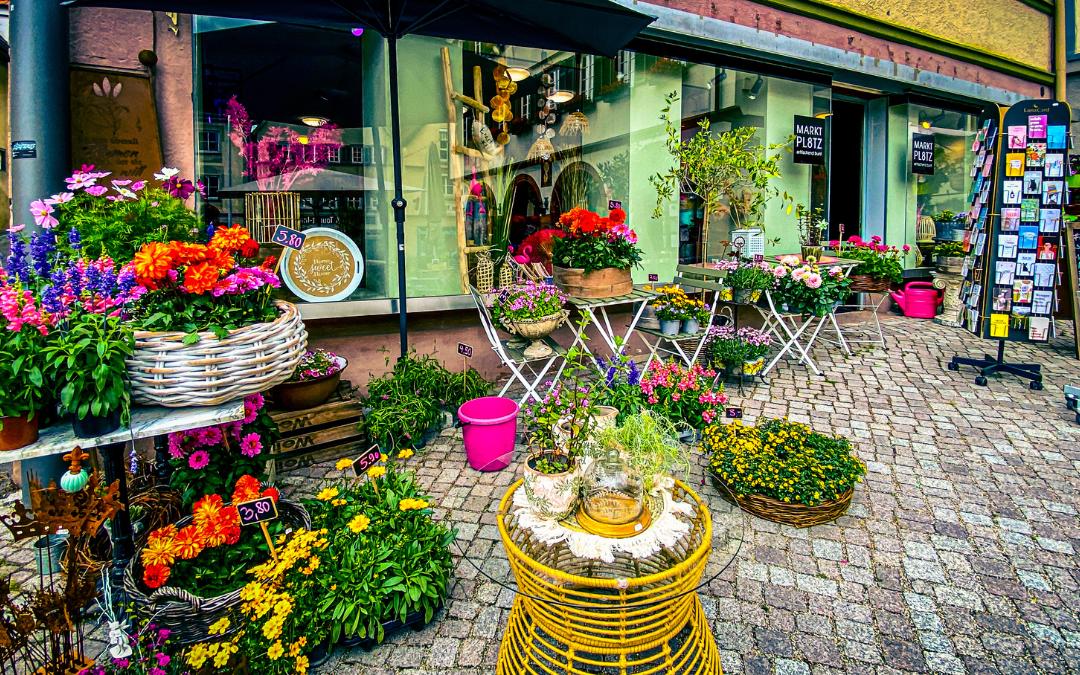
We would have liked to visit the Kepler Museum to learn more about the life and discoveries of the famous astronomer, but unfortunately it is only open at weekends.
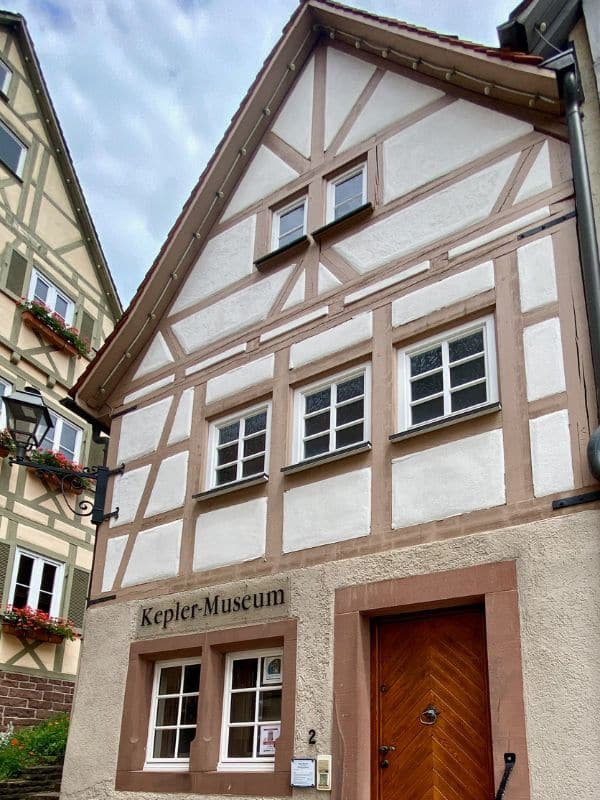
Coffee break in the most beautiful café in town
On the way to the church of St. Peter and Paul, the charming café Pfarrgasse Seven invites for coffee and cake. The perfect opportunity for a break. Between 9 a.m. and 5 p.m., you can enjoy a tasty breakfast, delicious cakes or iced coffee here every day except Mondays. My friend and I opt for cheesecake and cherry crumble cake with our cappuccino - a good choice. It's hard to leave this cozy place again.
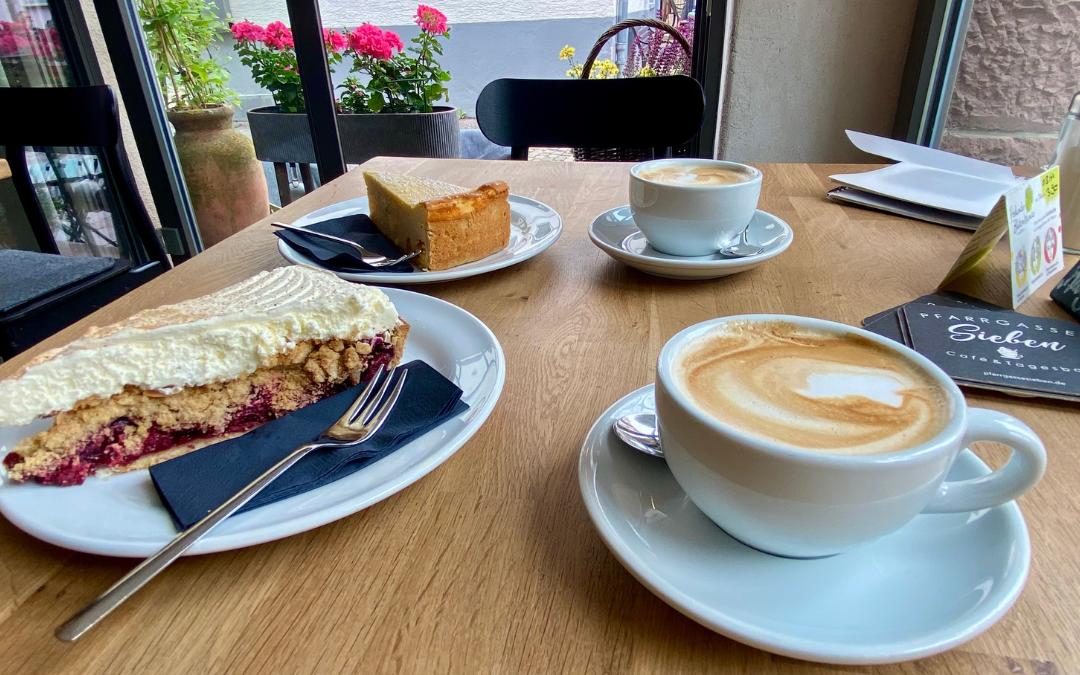
City church of St. Peter and Paul
Directly opposite is the imposing Catholic town church of St. Peter and Paul, which has a significant influence on the townscape of Weil der Stadt. The late Gothic hall church with its late Romanesque east towers built in the 13th century and the west tower added at the end of the 14th century impresses with its architecture and important works of art inside from different eras.
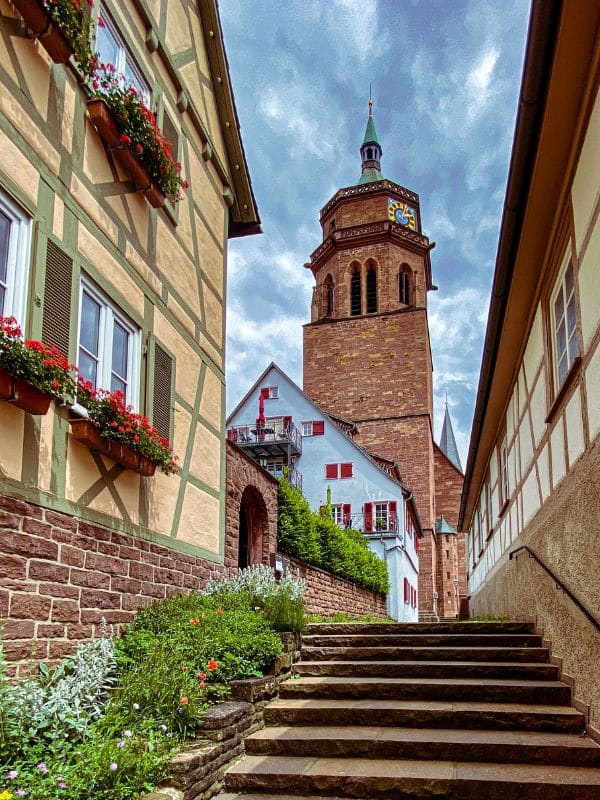
We follow Pfarrgasse to the Kapuzinerberg, where the Augustinian monastery (1294 - 1803) was founded in the 13th century and served as the religious and cultural center of the region for many centuries. Today, the building is home to the Weiler town archive.
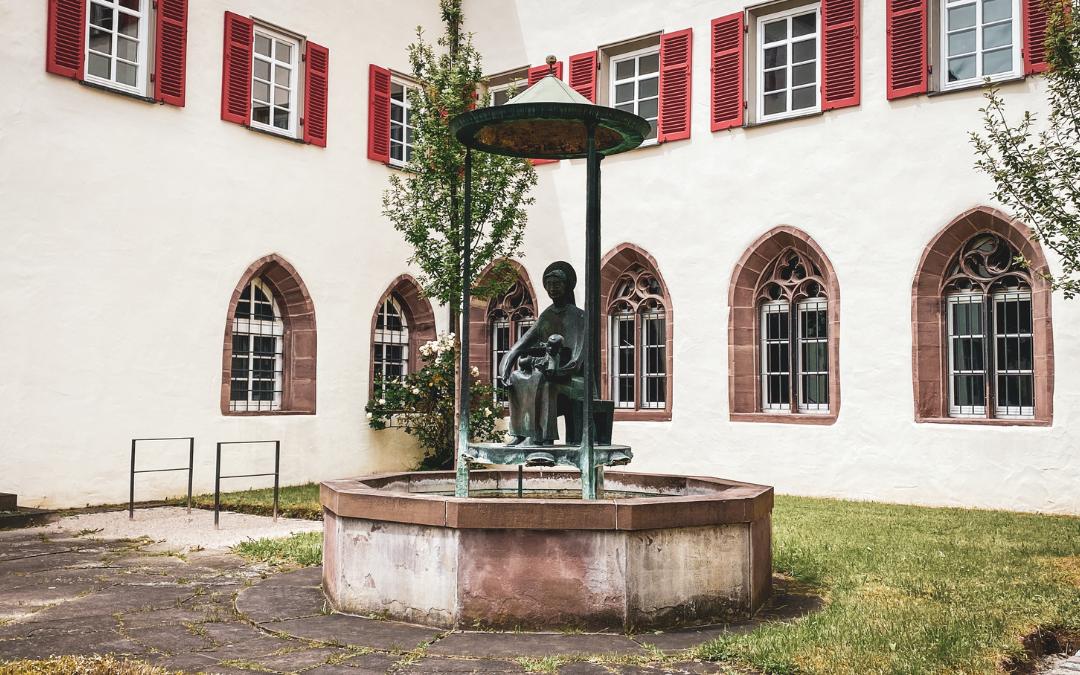
Via the Kapuzinerberg we return to the city wall with its two towers and say goodbye to the storks.
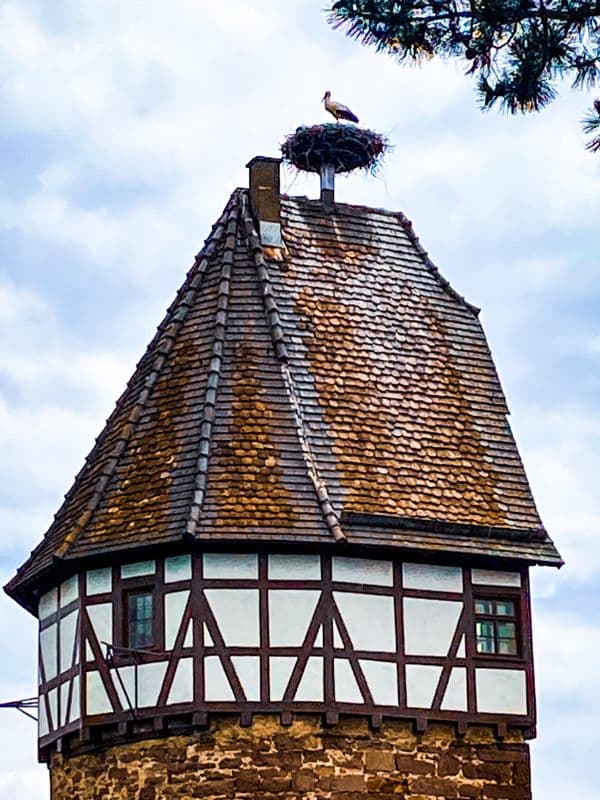
12 of 12 info
If you liked my article, then take a look at the blog Draußen nur Kännchen over. On the 12th of every month, you will find lots of interesting 12 out of 12 articles there.


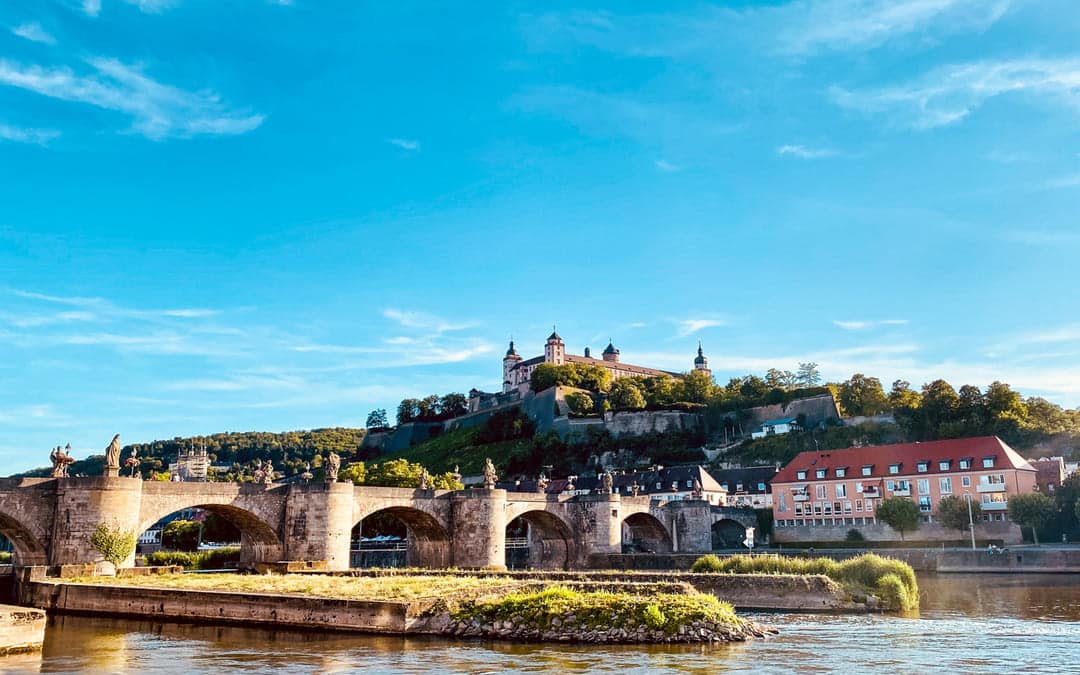
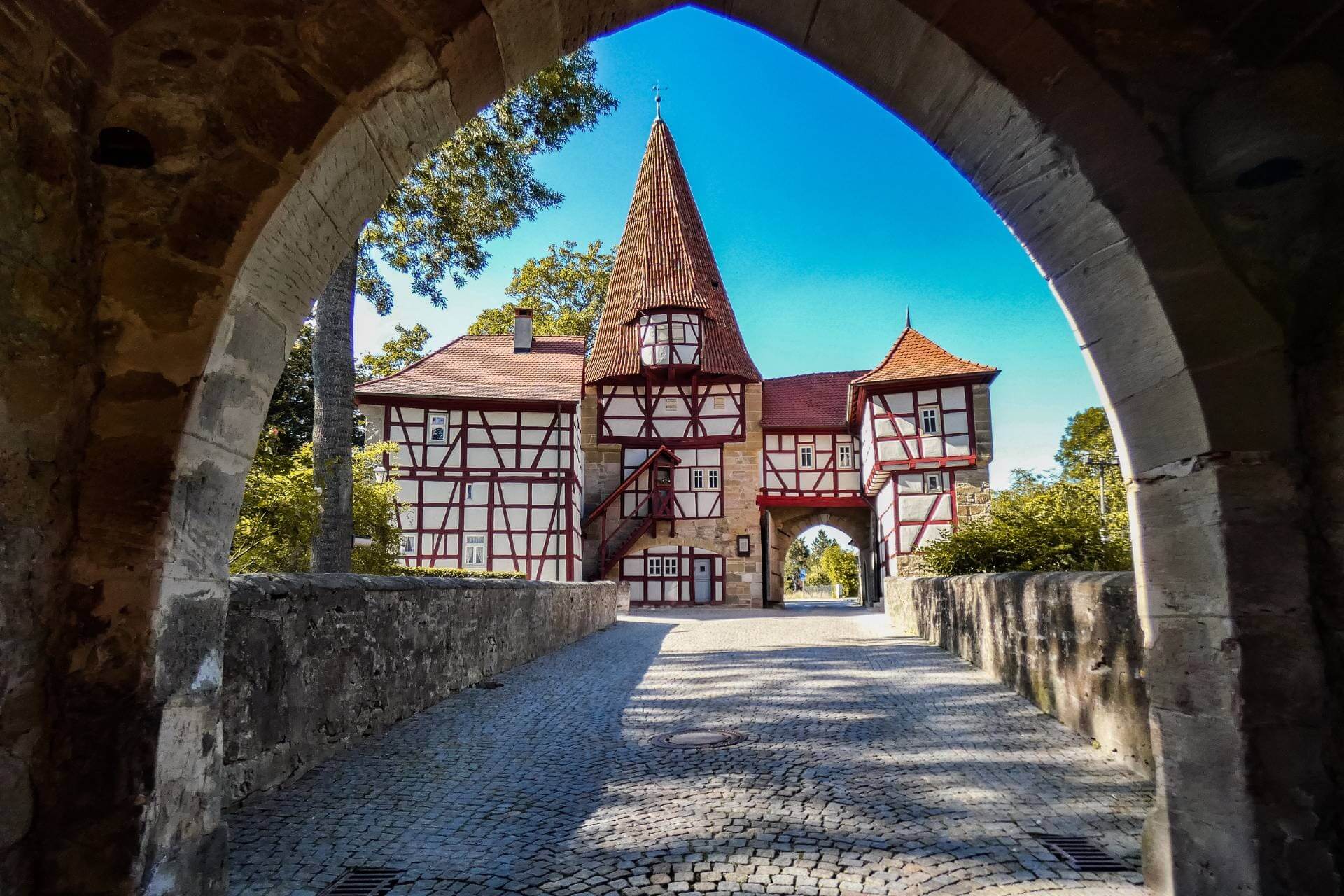
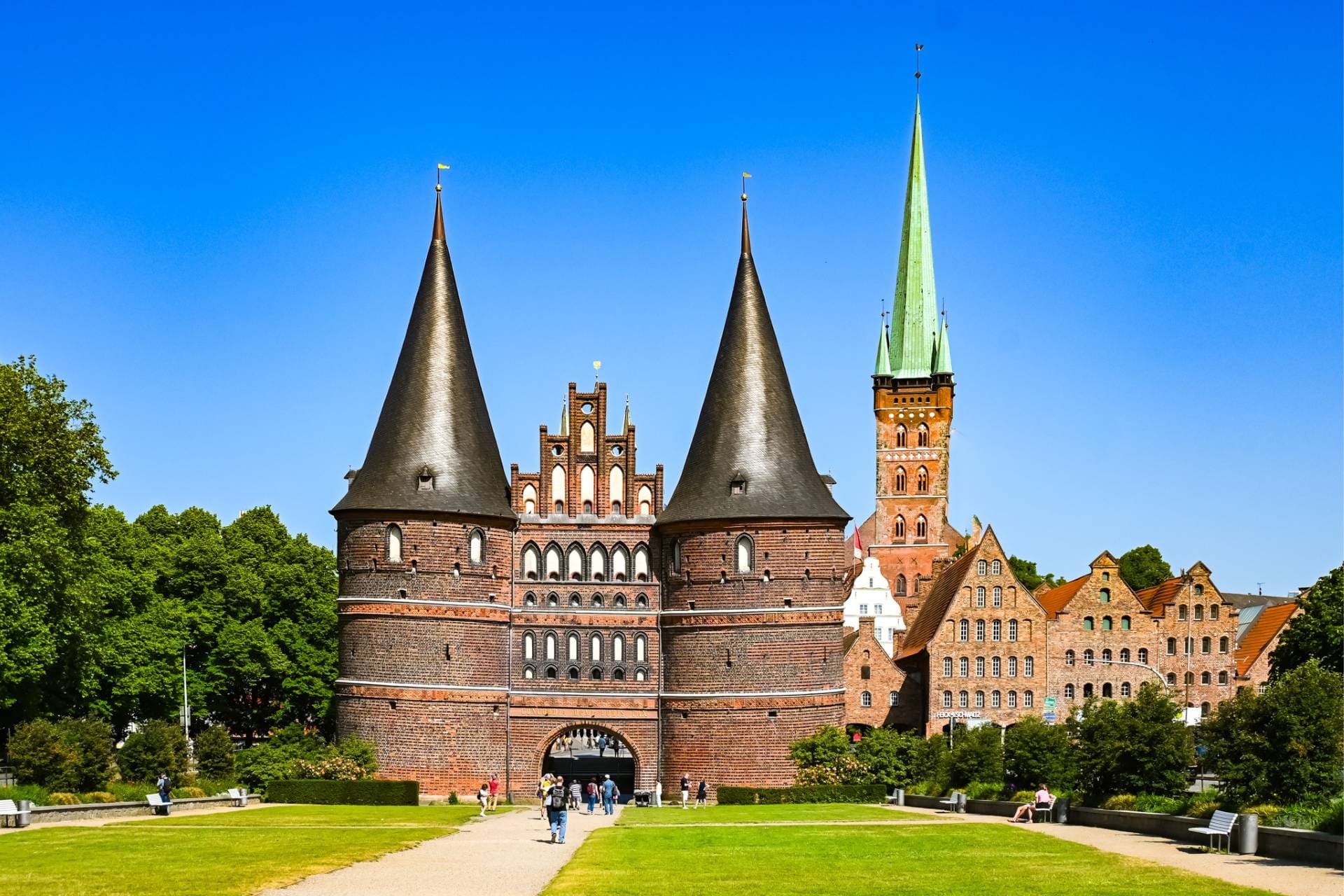



Hello Angie,
those are great pictures! Now I really want to go there myself.
Just had a look - unfortunately it's a bit further away from us.
Nevertheless, thank you for these beautiful insights.
Warm regards,
Birgit
Dear Birgit,
I've just looked up where you live. It's really far - but maybe you'd like to go on vacation in southern Germany. There are lots of beautiful places there that are worth exploring 😃. Thank you for your nice comment - luckily the sun came out on June 12th, which was good for the photos.
Best wishes and have a nice weekend!
Angelika